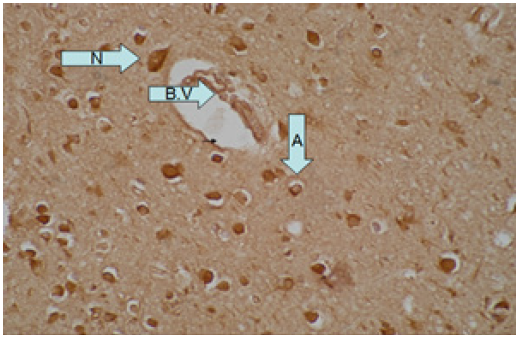Biomedical Science and Research Journals | The Diagnosis and Treatment of a Rare Case of Supraclavicular Neuropathy Following Thoracic Decompression Surgery
The Diagnosis and Treatment of a Rare Case of Supraclavicular Neuropathy Following Thoracic Decompression Surgery Abstract The supraclavicular nerve is rarely of clinical significance for many medical providers and even less so for most pain physicians. The following is a case of supraclavicular neuropathy following thoracic outlet decompression to treat Paget–Schroetter syndrome, a venous thrombosis etiology of thoracic outlet syndrome (TOS). A 38-year-old female was referred to our pain management clinic by her vascular surgeon for a new onset of severe right-sided superior chest wall and peri-clavicular pain that began after surgery to address her TOS. She described constant tingling, burning, and numbness which was distinct from the painless swelling and mottling of her right arm prior to her TOS diagnosis. Narcotics and muscle relaxants had provided minimal relief for these new post-operative symptoms. Multiple subsequent ultrasound exams were negative for recurrent venous t...

